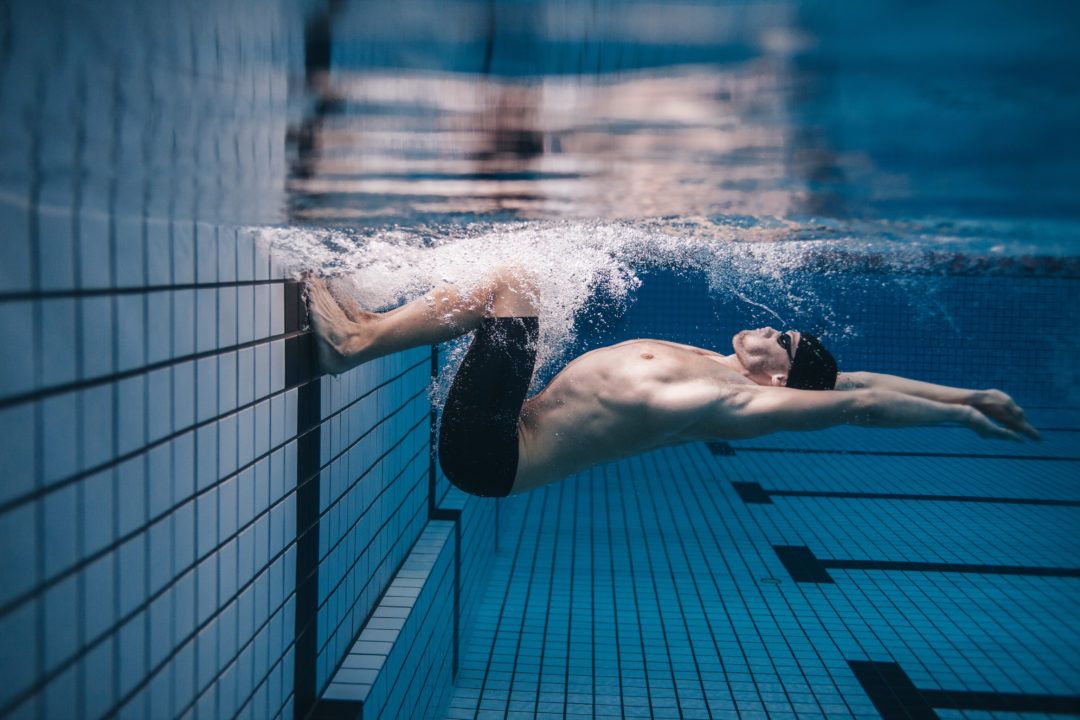In 1985, The NFL implemented video review. Since then, video technology has been at the forefront of sports officiating. In 2019, the NCAA approved optional video review use in order to more accurately call 15-meter underwater rule violations. When in use, the meet referee has sole control over a review. FINA approved using video in 2020 for “[initiating] stroke infraction calls, [confirming] stroke infraction calls or [assisting] the Referee to overturn calls made on the pool deck” at the Olympics and World Championships. This amendment made it possible to use video technology to disqualify a swimmer. Previously video was only used when a disqualification was protested.
Swimming Victoria, swimming’s governing association in the state of Victoria, Australia has taken the next step forward in video review. The organization is collaborating with Hawk-Eye Innovations, a Sony subsidiary and leader in officiating and tracking technologies, on a proof of concept for the world’s first Swimming Video Review Technology. Together, the organizations launched Hawk-Eye’s latest Synchronized Multi Angle Review Technology (SMART) for the 2022 season. The first meet with this technology was the Victorian Age Long Course Championships in Melbourne, held March 10 – 14.
The SMART system consists of nine permanent cameras, four underwater and five above, that connect to an onsite review booth. In the booth, there are four monitors: two for replay and analysis and two showing a live feed of the pool. The goal of the SMART system is to improve efficiency and accuracy in officiating and timing in swimming. The system automates stroke-and-turn officials. Swimming Victoria also stated the system reduces the need for timers, though no further detail was provided in their launch announcement. Jason Hellwig, CEO of Swimming Victoria, said the new system “will change the way [Swimming Victoria] runs [their] competitions.”
Both companies see the new system as a way to better ensure fairness in swimming, but it’s unclear what constitutes “fair.” In the published description of how the SMART technology works, there is no mention of who is monitoring the video feed, what kind of training the person receives, or the process for making a disqualification.
This leaves many unanswered questions. Is the video being monitored by the same officials the system is designed to eliminate? Are there time limits for reviewing a heat? Can a team protest a disqualification?
The ability to replay races and see events from multiple angles will provide more opportunities to make the correct call, but that speaks more to the system’s ability to ensure accuracy, not fairness. It does nothing to remove bias that the persons reviewing the tape have towards making certain disqualifications.
The system also has potential implications for stroke and technique improvement, especially for swimmers not competing on the international level. If video from the feeds is sent to teams post-race, it could be the first time that many younger swimmers get a chance to see their technique underwater, or in a race. It could serve to help level the playing field for clubs that have less resources and revenue. Again, the published description of the technology does not mention what happens to video taken during the meet.
Trials of the SMART system will be available in August, when Swimming Victoria hopes to take the technology live. Both organizations are excited about the start of their partnership pioneering creative technologies for the sport of swimming. They hope SMART technology will eventually be used worldwide.

I would prefer that no sports had video reviews. This way shy people like me can perform as well 🙂 🙂
This….reads like a very large step backwards from what is currently used officially at FINA and select USA Swimming meets….
In what way is it a step backwards?
The current system has significantly more underwater cameras, and 3x’s the amount of monitors (with each monitor being run by 1 person and watched by a 2nd person in real-time) along with a few other features that extend beyond what’s in this article. The calls happen in real-time and are completed essentially before the race is finished usually, with another ability to pull up said call at said spot at anytime within the duration of the meet. There’s very little delay now.
i think the only stroke this impacts is breaststroke haha
Breaststrokers absolutely inconsolable.
I would prefer that no sports had video review.
We should go back to wool suits while we’re at it. Flat blocks, touch turns and the like.
wool suits – WW II innovation for the war effort.
Every sport should be viewer call-in review, like Craig Stadler building a stance
An SB Nation viewer I see
seems smart